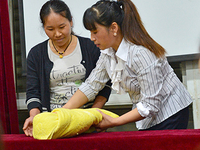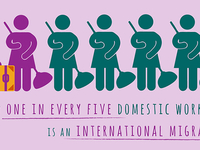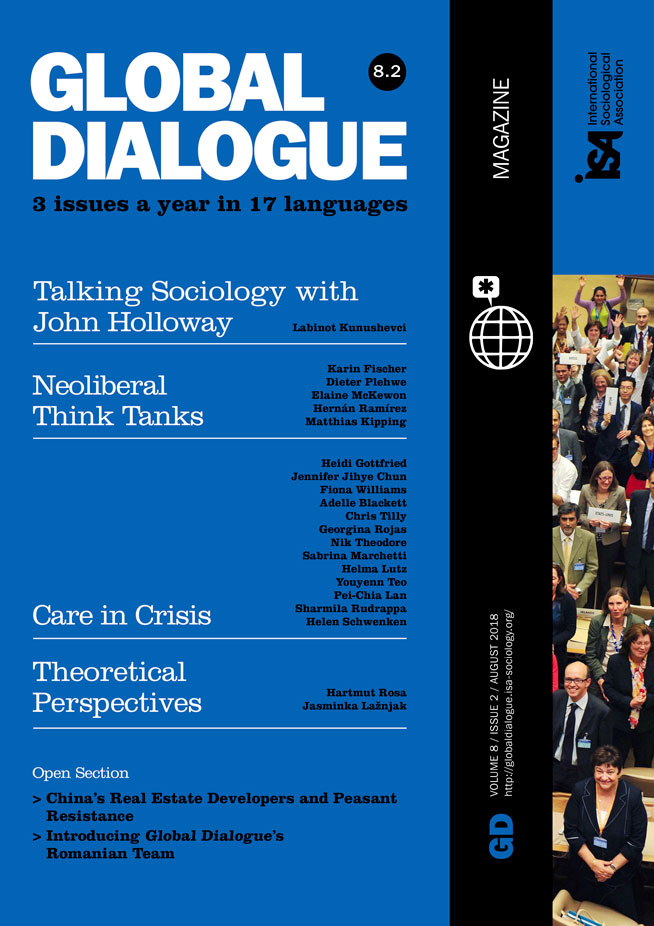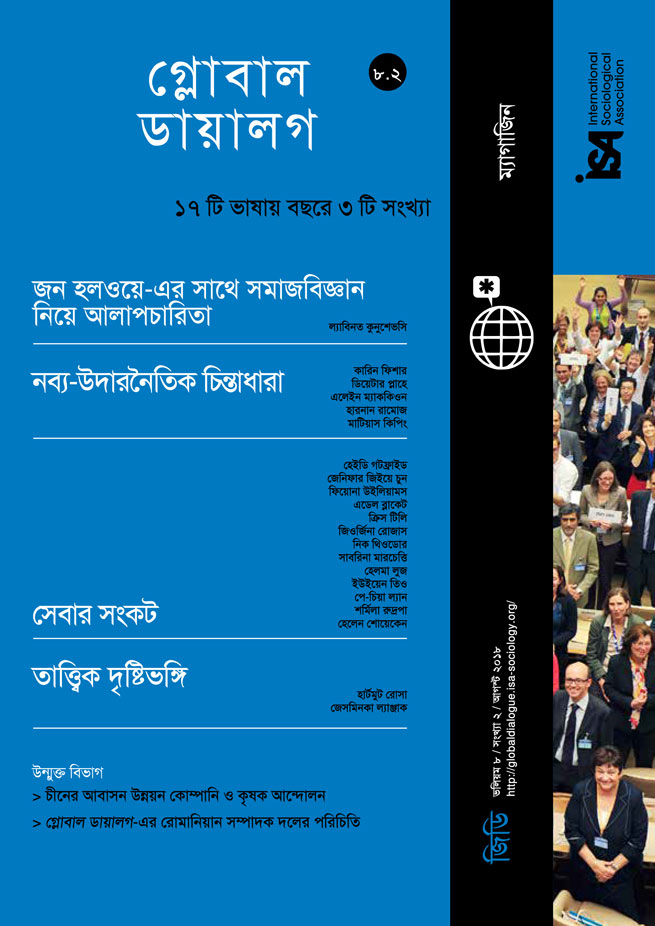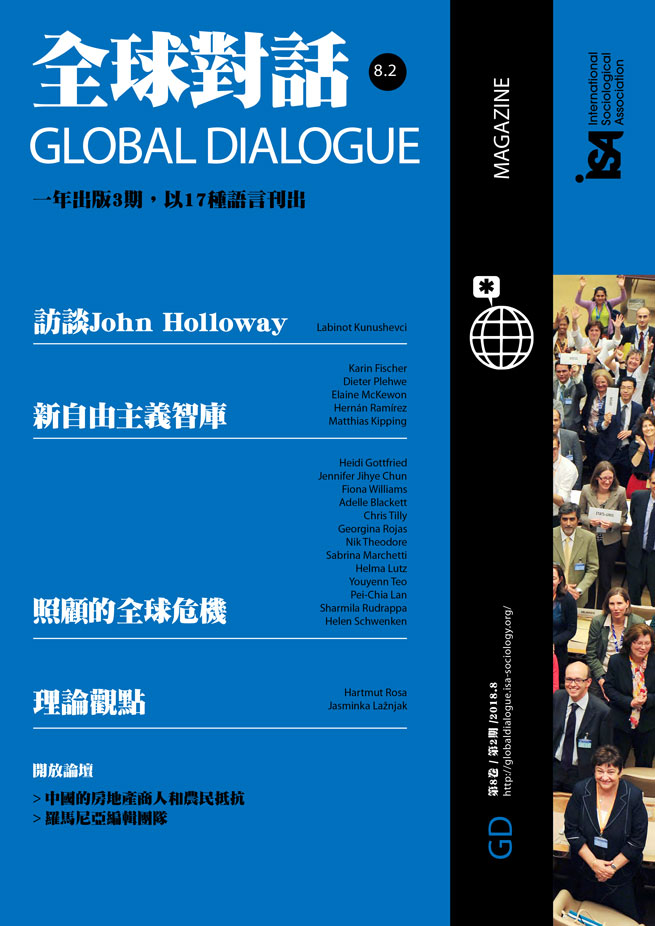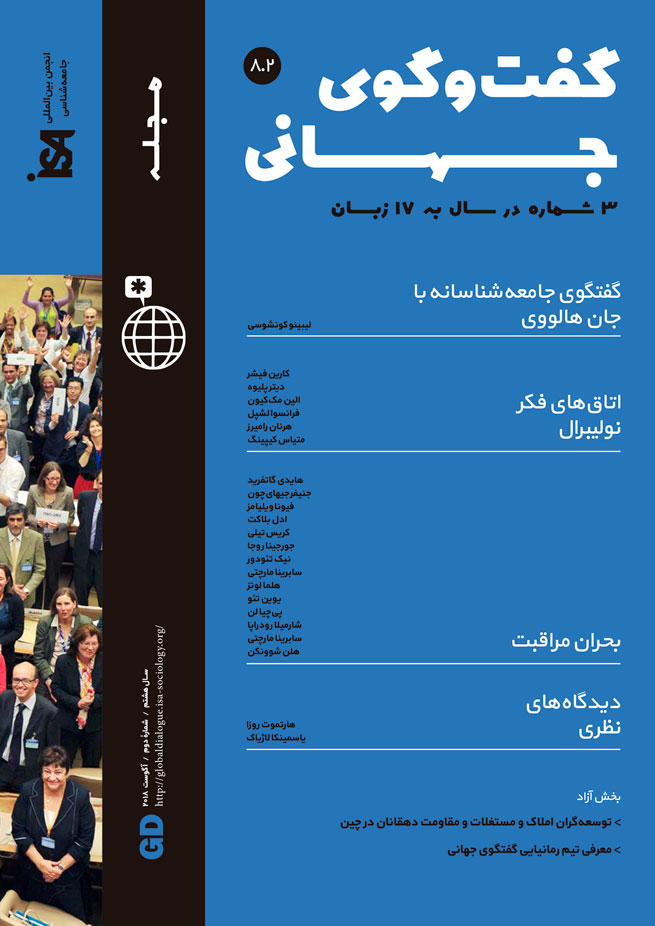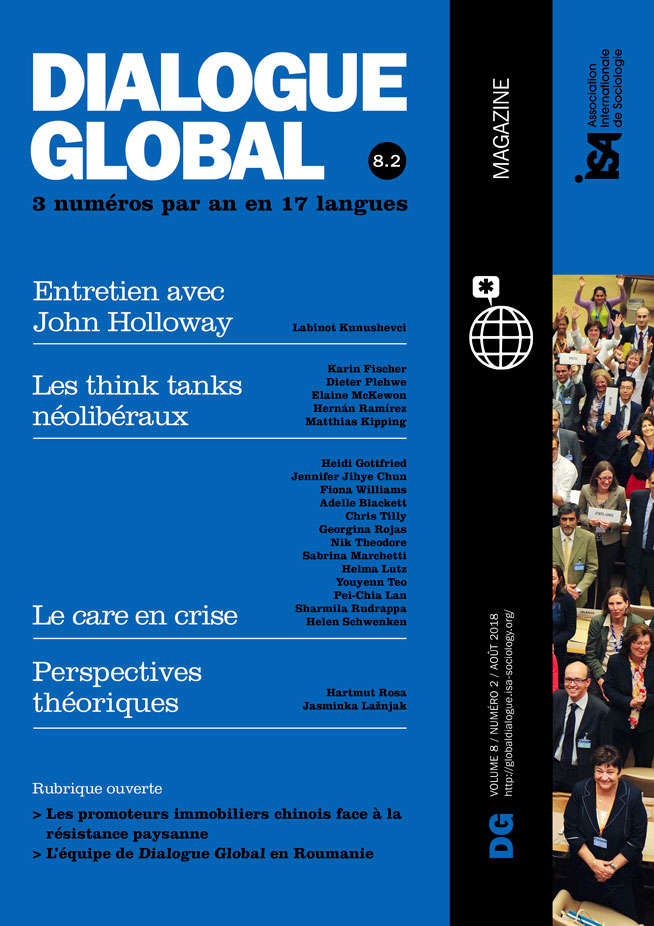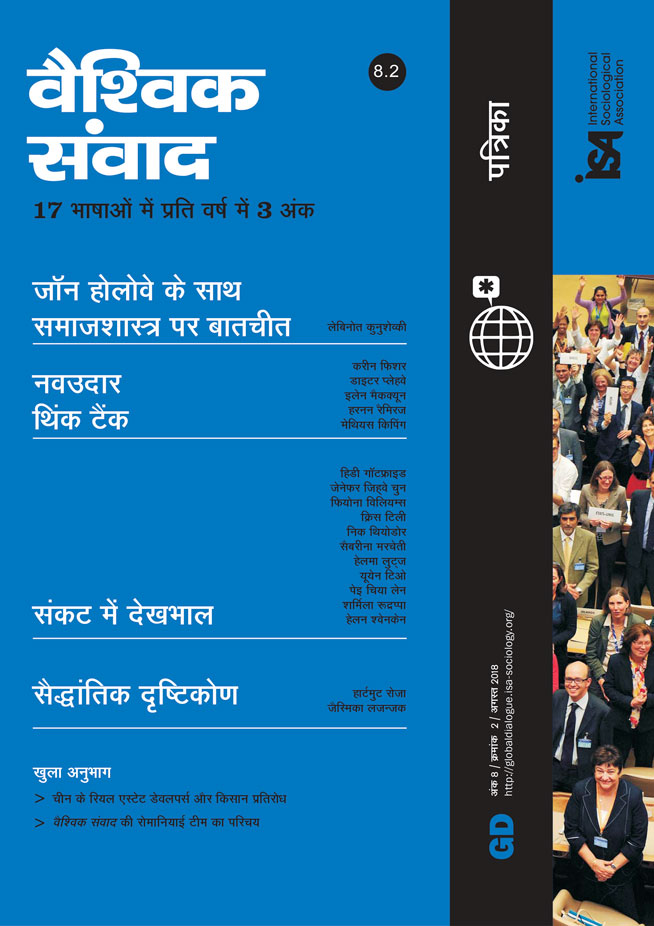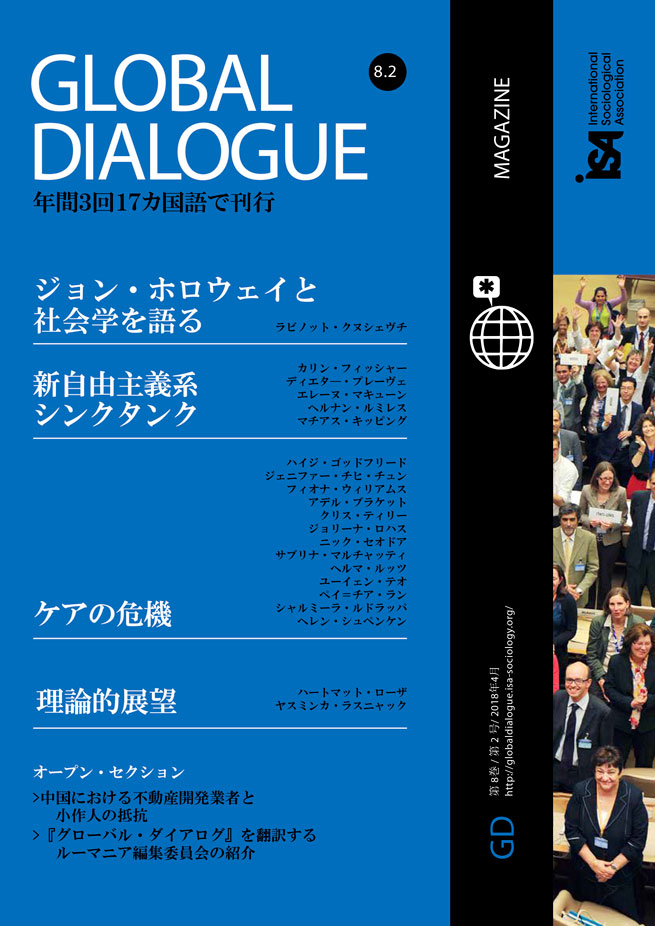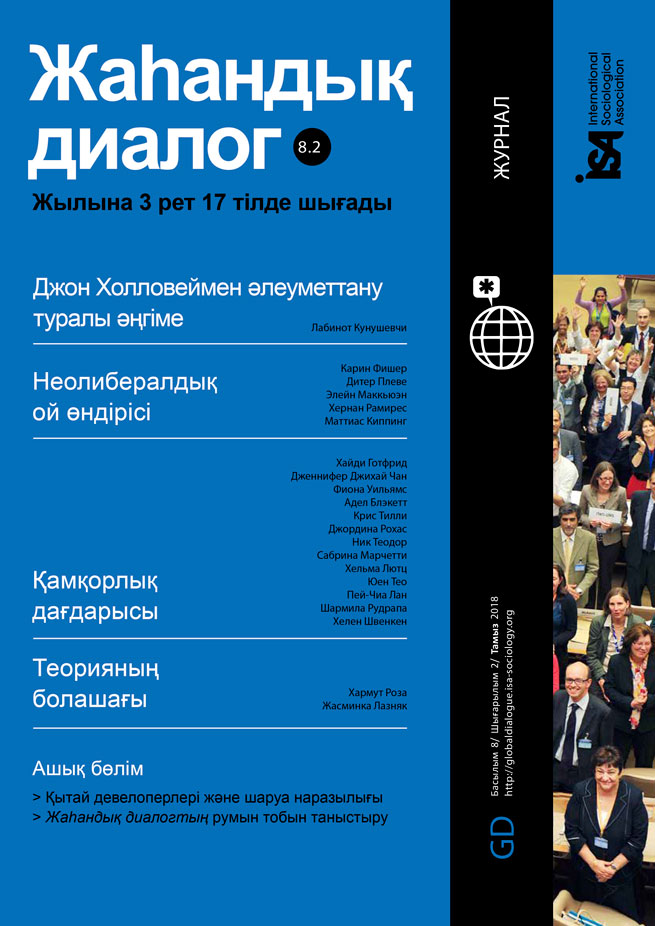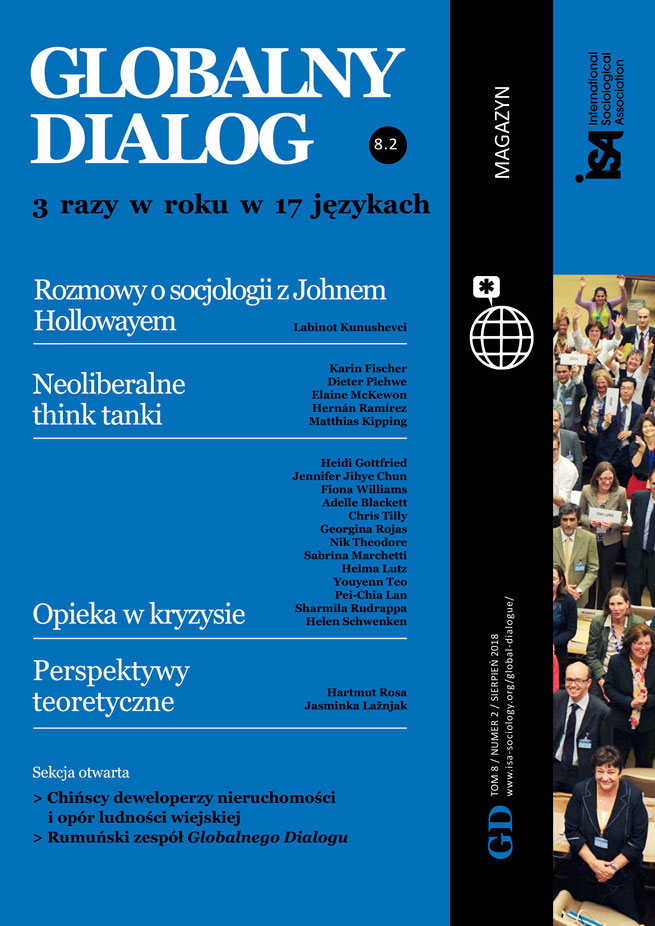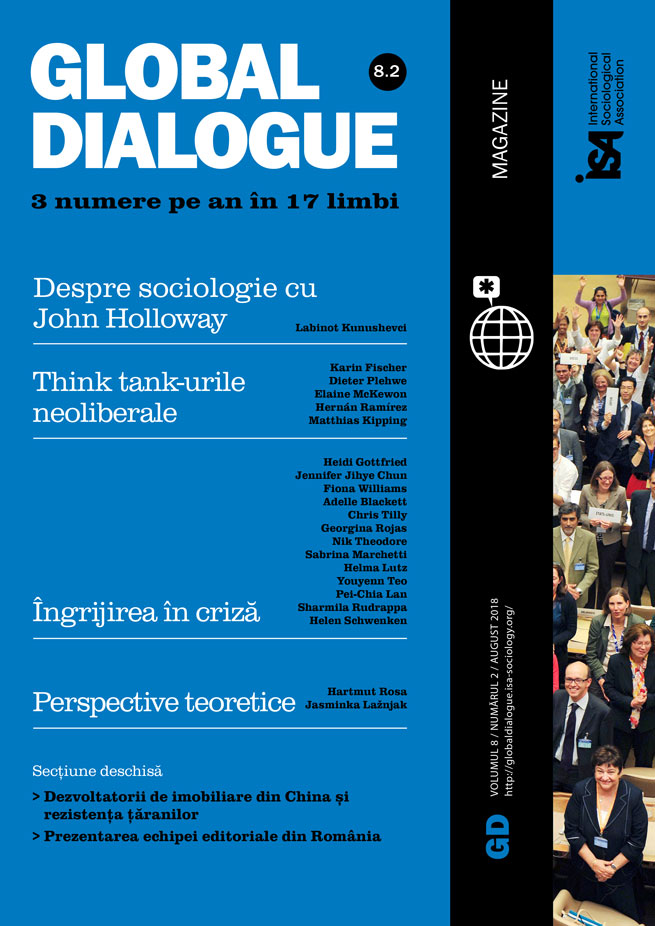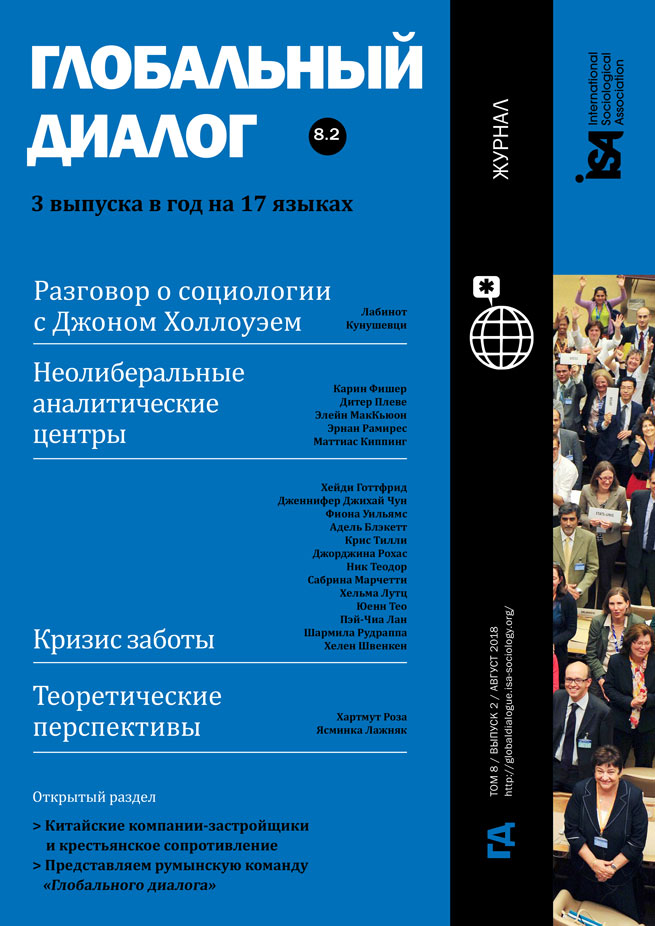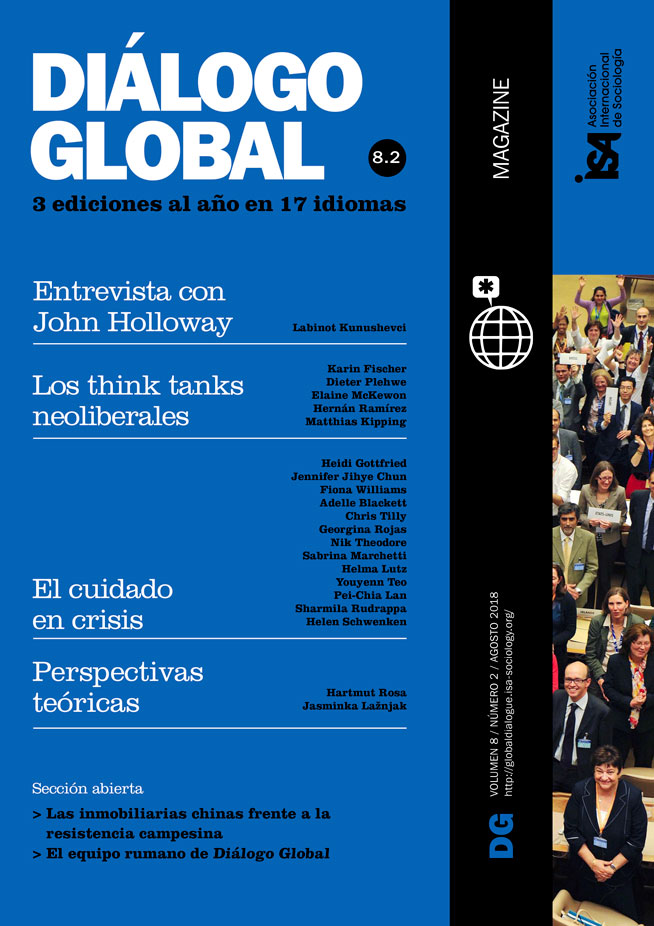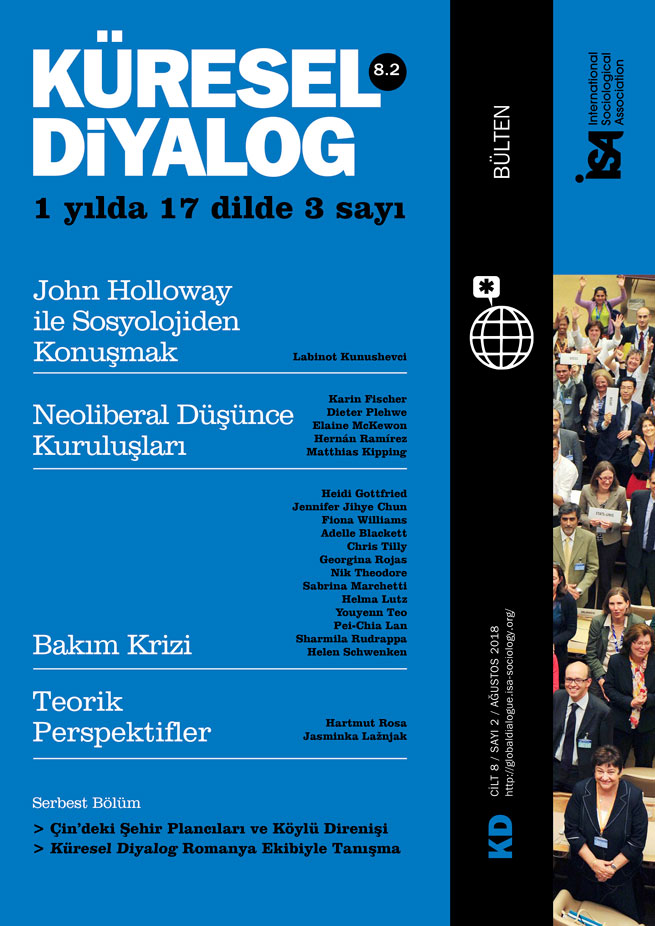Overdetermined by ideals of racial purity, patriarchal lineage, and maternal devotion, pregnancy and childbirth are never just natural phenomena but are intensely culturally mediated, gendered events that accentuate the social processes of gift-giving and exchange central to making families and communities. The reproductive household tasks mothers perform are understood as being imbued with devoted care, selfless love, and maternal sacrifice. Because of the salience these gendered forms of reproductive labor have in making families which are idealized as sacrosanct, pregnancy and childbirth are guarded from the taint of exchange of profane money which circulates in the crass world of markets marked by transactional, transient relationships. What happens, then, when women get pregnant and deliver babies in exchange for wages? What kind of wage labor is pregnancy and childbirth?
These questions arise in the context of commercial surrogacy where a surrogate mother gestates and births a baby or babies for an intended couple or single parent in exchange for wages. The surrogate mother has no genetic relationship to the embryos implanted in her, which legally belong to the intended parent(s). The embryos themselves emerge from a variety of market arrangements that involve the purchase of either human ova or sperm from sex cell banks or other individuals. Though various social actors are unclear about what exactly is being exchanged, industry standards establish that the money given to surrogate mothers is not for the baby, but for her gestational services toward creating that infant.
As I learned in my research on surrogacy, like most people, the working-class Indian surrogate mothers and upper-middle-class intended parents I interviewed had previously not exchanged money for pregnancy. These individuals have few resources with which to think about how to deal with the marketization of biological reproductive services. As a result, they fall into inherited ways of thinking about exchanges: is surrogacy a gift, or a commodity exchange? Gifts and commodities are terms used for objects that circulate in social spaces, but how they circulate is an important distinction. The literature on gifting and commodities is extensive, but to state it succinctly, gift exchanges signify ongoing social relationships between individuals, or groups of individuals. Gift exchanges are not egalitarian but are marked by inequalities based on social hierarchies determined by age, gender, disabilities, sexuality, religion, race, and caste. Commodity exchanges, on the other hand, are typified by transience where workers and consumers typically are strangers to each other. In exchange for money, consumers receive a commodity from workers, who are almost always at a disadvantage because of the structures of capitalism. Thus, gifts or commodities reflect social relations. The gift or the commodity economy is bound up with the forms of the person, who is diversely constituted, and is, in turn, herself constituted by the gift or commodity exchange.
Through contesting whether pregnancy and childbirth is a gift or a commodity, the intended parents and surrogate mothers in my research negotiated the terms of their relationship with each other. Though the surrogate mothers thickly described the effort that went into gestational surrogacy and tried to negotiate better wages, they hoped that the tenets of gift-exchange would be maintained in commercial surrogacy. They knew their earnings through surrogacy would disappear in a matter of months, and they would have nothing concrete to show for their labor effort. They instead wished for ongoing social relationships with the upper-middle-class intended parents because they could potentially draw upon these networks for short-term loans, recommendations for jobs, and other social goods that could be converted to economic capital. The intended parents, however, were unequivocal: in spite of using the rubric of gifting in effusive claims that no amount of money could equal the child they were bestowed with through the surrogate mothers’ efforts, they acted like consumers in a capitalist society. They had no interest in maintaining relationships with working-class Third World women, and usually cut all contact once transactions were completed. As per their contracts, they were fair and impartial participants because they had paid up in full, and were not legally obliged to give anything more. Though surrogacy agencies, infertility doctors, and intended parents do not explicitly say so, their interactions and inclinations toward surrogate mothers make it apparent that they perceive surrogacy as a form of wage labor. Various sociologists concur, with terms such as “mother worker” and “industrial womb” being used to describe these emergent forms of commodified reproductive labor.
But what sort of labor do pregnancy and childbirth become when incorporated into markets? At first glance, surrogacy could be seen as a form of intimate labor, which is the paid employment involved in forging, maintaining, and managing interpersonal ties through tending to the bodily needs and wants of care recipients. Intimate labor, though, does not involve the workers’ entire bodies as surrogacy does. Sex work may come close, but does not capture the forms of in-vivo processes of oogenesis and gestation that are harnessed in commercial surrogacy, which create surplus value. Because of the biological, bodily processes involved, surrogacy can be more accurately described as a form of clinical labor, where women acquiesce to giving doctors and other medical personnel access to their bodies in order to harness bodily processes for profit-making.
Understanding surrogacy as a form of clinical labor not only describes the processes by which surplus is extracted from gestation and pregnancy, it also affords pathways to legitimizing the biological reproductive labor that women perform in order to earn wages. Deepening forms of bodily commodification such as surrogacy are undoubtedly perverse developments, but they cannot simply be wished away for an ostensibly more innocent time when women’s labor remained wholly tied to the private realm of family and kin networks. Recognizing surrogacy as clinical labor is to appreciate the ways by which commodification of life has deepened, and opens paths to labor organizing and coalition building with other kinds of reproductive workers such as childcare workers, elementary school teachers, and nurses.
Sharmila Rudrappa, The University of Texas-Austin, USA <rudrappa@austin.utexas.edu>

